Strong geometric shapes, clean lines, and vibrant colors are trending in art, design, and advertising. While abstract photography was once the sole domain of art museums like MoMA in New York City—where, in 1951, Edward Steichen presented a collection of 150 abstract photographs—it has since expanded into the world of marketing and branding.
When browsing through the 500px Collection on Getty Images, we noticed that more than a quarter of the top 60 search results were abstract photos.
500px Licensing Contributor Max van Son is an architect and a photographer, and his formal pictures of buildings in and around Amsterdam and Rotterdam sit right at the intersection of art and commerce. They’ve been exhibited and published in the fine art world, but they also resonate with creative image-buyers.
Max tells us, “Right now, we live in a time of abundance for realistic images, so there is a great demand for photos with a quirky and creative representation of reality.”
We picked his brain to see how he creates photographs that appeal to advertisers and designers around the world. Read on for our top tips for creating abstract pictures that are both artistic, and highly marketable as royalty-free stock photography.
Keep it simple
While some genres might call for the addition of various elements, abstract photography is more about the art of subtraction—especially if you want to appeal to a wide range of clients.
“Make a clear selection of what is important and what is not,” Max urges. “Just include one or two points of interest, and do not use too many colors. Simplicity is the ultimate sophistication.”
Look first, shoot later
In abstract photography, you can’t rely on the same storytelling qualities you’ll find in figurative work, so it all comes down to lines, shapes, and textures.
“It may sound obvious, but look at the subject very carefully,” Max advises. “Look in all different directions and choose various distances until you have found the most optimal point of view.” Abstract compositions are rarely captured on a whim; put in the time and effort to make sure every detail is perfect.
Forget the rules
While it helps to know about the basic rules of composition, it’s okay to break them from time to time, depending on the subject.
“Take a different approach,” Max suggests. “Photos that do not conform to the usual photographic rules can make the most of a subject’s graphic properties.” In addition to thinking like a photographer, try approaching subjects with the eye of a painter or graphic designer.
Find patterns
Max’s photographs often include not just one strong visual element but several identical ones. When composing abstract shots, look for repetition. Recurring shapes, lines, and colors will add dynamism and visual interest to your photos.
Look for color harmonies
We go more in-depth on color schemes in this article about the color wheel, but Max usually incorporates either a monochromatic color scheme or a complementary color scheme in his abstract Licensing work.
“I think it’s not just the objects themselves but an interaction between bright contrasting colors or different tones of one color that makes an abstract photo stand out,” he explains. “Compositions with a ‘harmonious contrast’ are greatly appreciated. Look carefully for a strong compositional element, then make a choice to combine this with bright contrasting colors, complementary colors, or colors of a similar tonal range.”
Some classic examples of complementary colors include yellow and purple, red and green, and blue and orange.
Embrace strong shadows
Abstract photos are simple and elegant, but that doesn’t mean they lack texture and depth.
“I always look for good light and shadows,” Max continues. “I prefer to photograph early in the morning or late in the afternoon when light plays an important role in the mood of the scenery. During these hours, you get much better shadows and silhouettes. If the natural light isn’t good enough, then I’ll try it again later.”
In addition to shadows, keep an eye out for interesting reflections, which can transform an everyday scene into an otherworldly dreamscape.
Leave something to the imagination
“I think abstract photos are so popular with clients because the viewer can often give his own interpretation,” Max tells us.
A great abstract image isn’t just nice to look at; it also has that surprise factor. If a photo makes you ask, “What is that?” you’re onto something. Choose a seemingly ordinary, mundane subject, and turn it into a puzzle to be solved.
Incorporate negative space
It’s an important principle in the arts, and it’s important in stock photography as well. Leaving room for clients to crop your photos or add logos and text copy instantly makes your pictures more marketable.
Negative space and a plain background can be useful in any genre, but Max says it’s imperative with abstract Licensing photos. “Avoid distractions,” he warns. “All attention must be focused on the main subject.”
Experiment with different lenses
This “loosening” of the conventional photography rules means that you can use almost any lens you’d like for abstract work. “My favorite Canon lens is the TS-E 17mm f/4L,” Max tells us. “This tilt and shift is of very good quality and is suitable for both interior and exterior photography. With this lens, it is important that you stand (very) close to the subject to keep distractions out of the composition as much as possible.”
But that’s not the only lens he uses. “Other lenses that I use for abstract scenes are the Canon EF 16-35mm f/2.8LII and EF 70-200mm f/2.8LII,” he says. “The telephoto zoom lens is very suitable for details and fragments of a building or facade of a large(r) distance. It is easy to zoom in and to consider what I am going to include in my shot and what I am going to leave out.”
Train your eye
You don’t have to reinvent the wheel. For Max, abstract photography isn’t so much about discovering something new as it is about seeing familiar things in a new light. “It’s a challenge to turn something ordinary into something exceptional,” he says.
Observe your everyday surroundings, and put them in a totally different context. The more you practice, the better you’ll get at spotting those dynamic relationships between lines, shapes, colors, and textures.
Think outside the box
“This artistic genre has become much broader and more diverse in recent years,” Max tells us. In particular, he’s intrigued by the ways in which photographers are blending different fields like minimalism and long exposure photography to create original, abstract pieces.
“Nowadays, we see a ‘fusion’ between abstract photography, minimalism, and long exposures with motion blur,” he says. “Similarly, different subjects are combined more often—a fragment from nature combined with, for example, an architectural scene.”
The more unique angles and perspectives you can discover, the better. “Another recent example is aerial drone photography,” Max adds. “Drone photography enables us to make fascinating abstract images of landscapes, urban areas, recreation areas, and buildings—or combinations of the above.”
While he admits that the future of abstract photography remains unpredictable, he’s confident that creative, unconventional thinking will drive the genre into new and unanticipated terrain.
Not on 500px yet? Sign up here to explore more impactful photography.



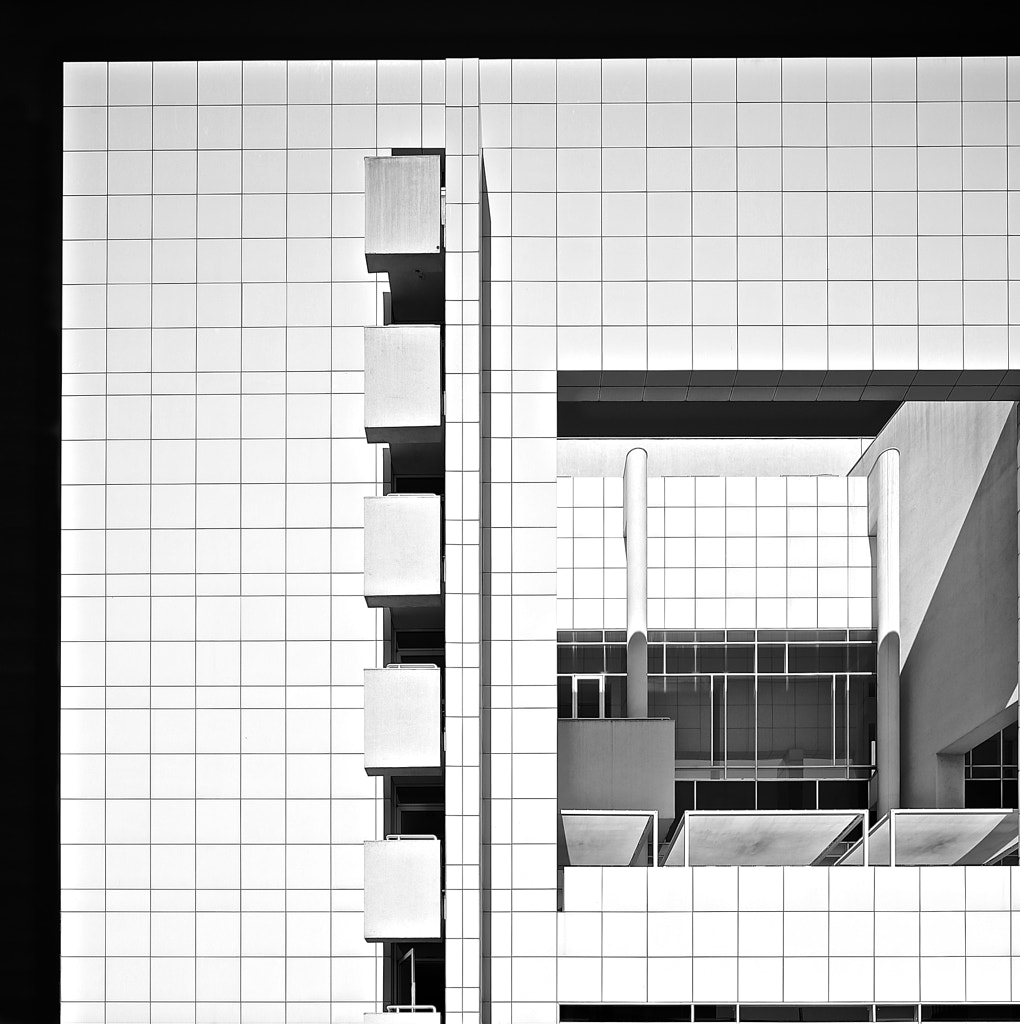


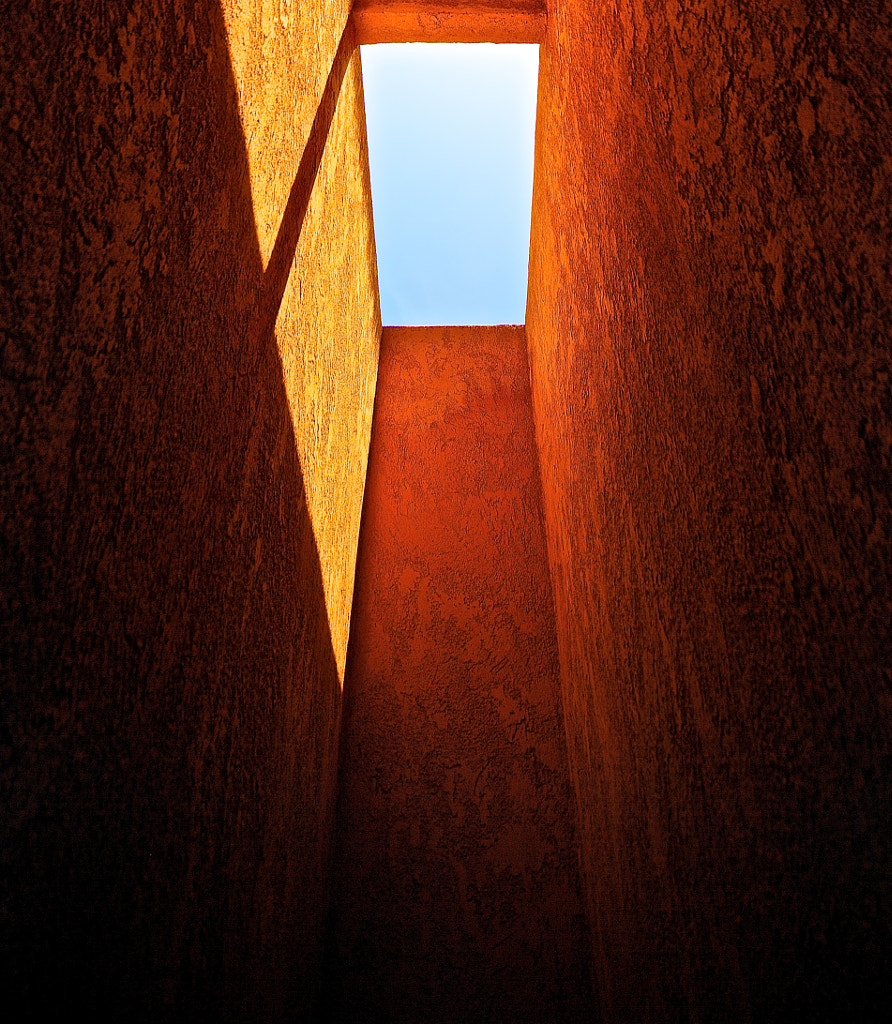
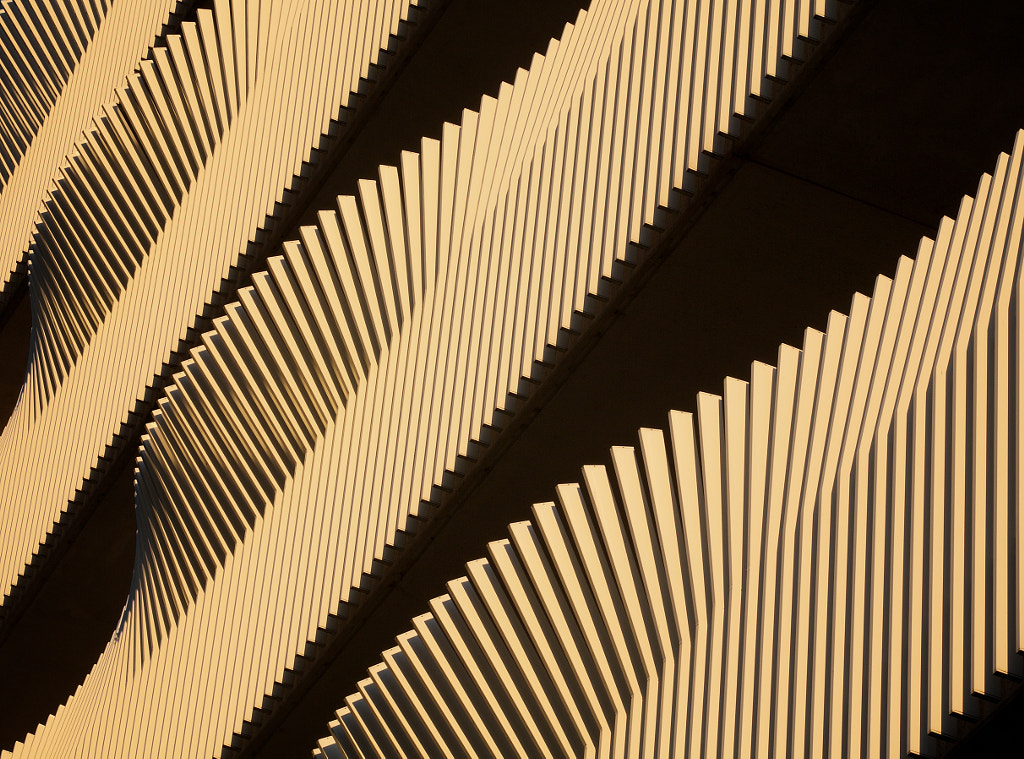
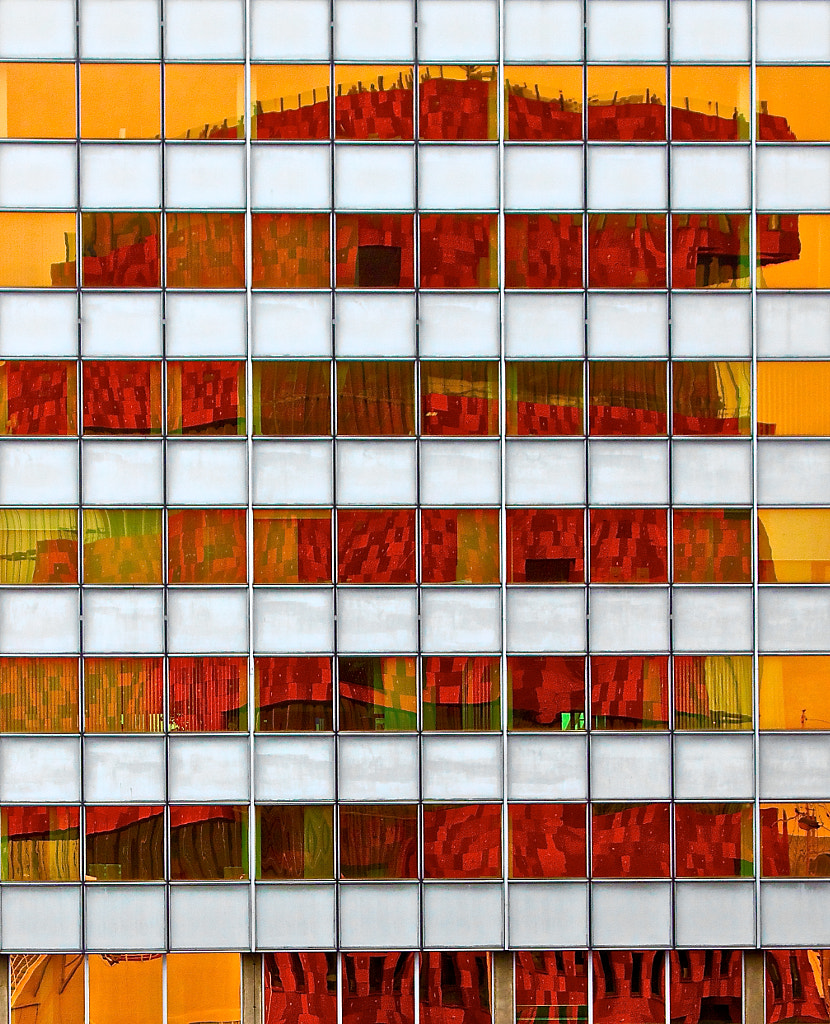
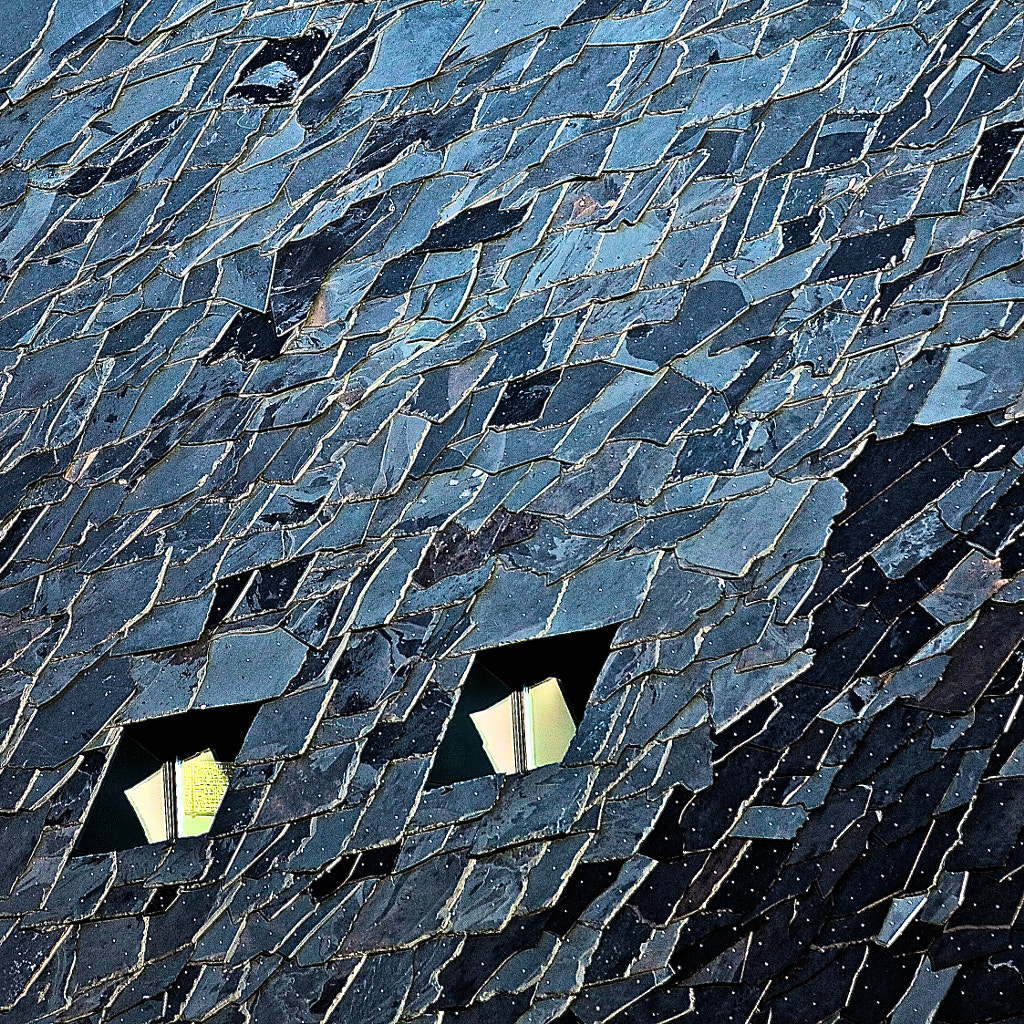

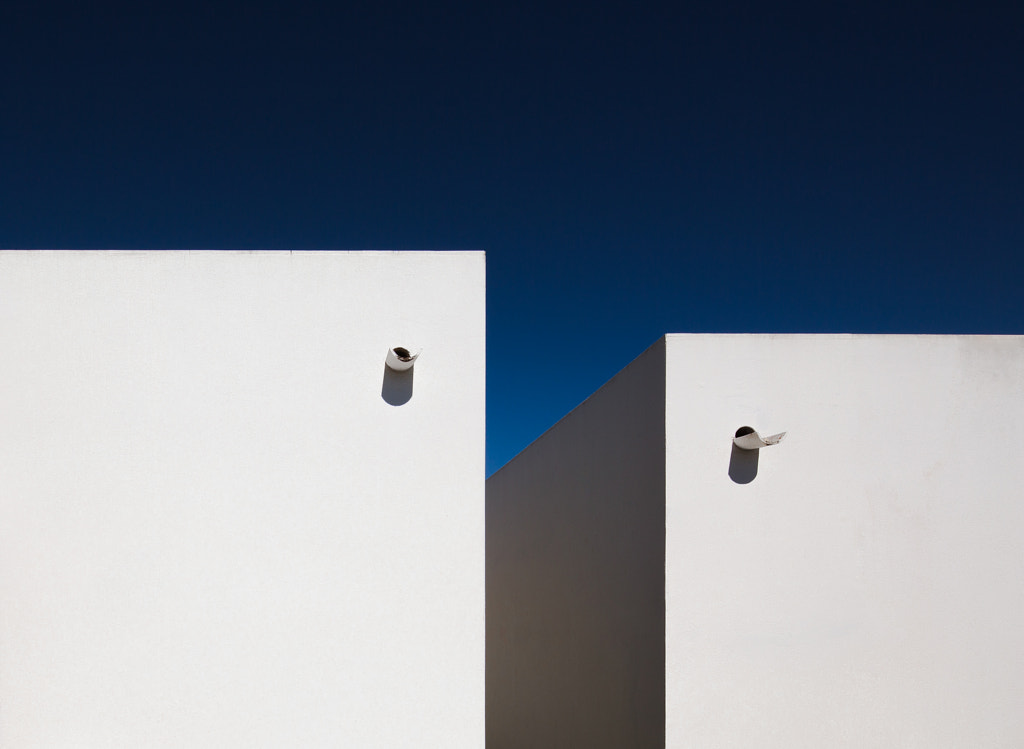
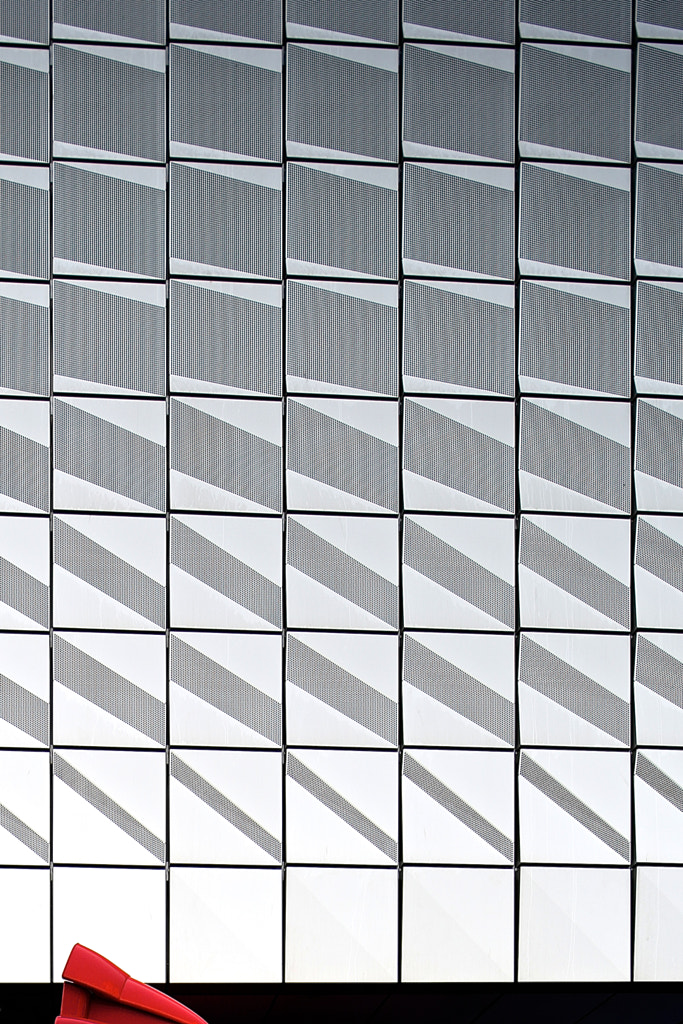




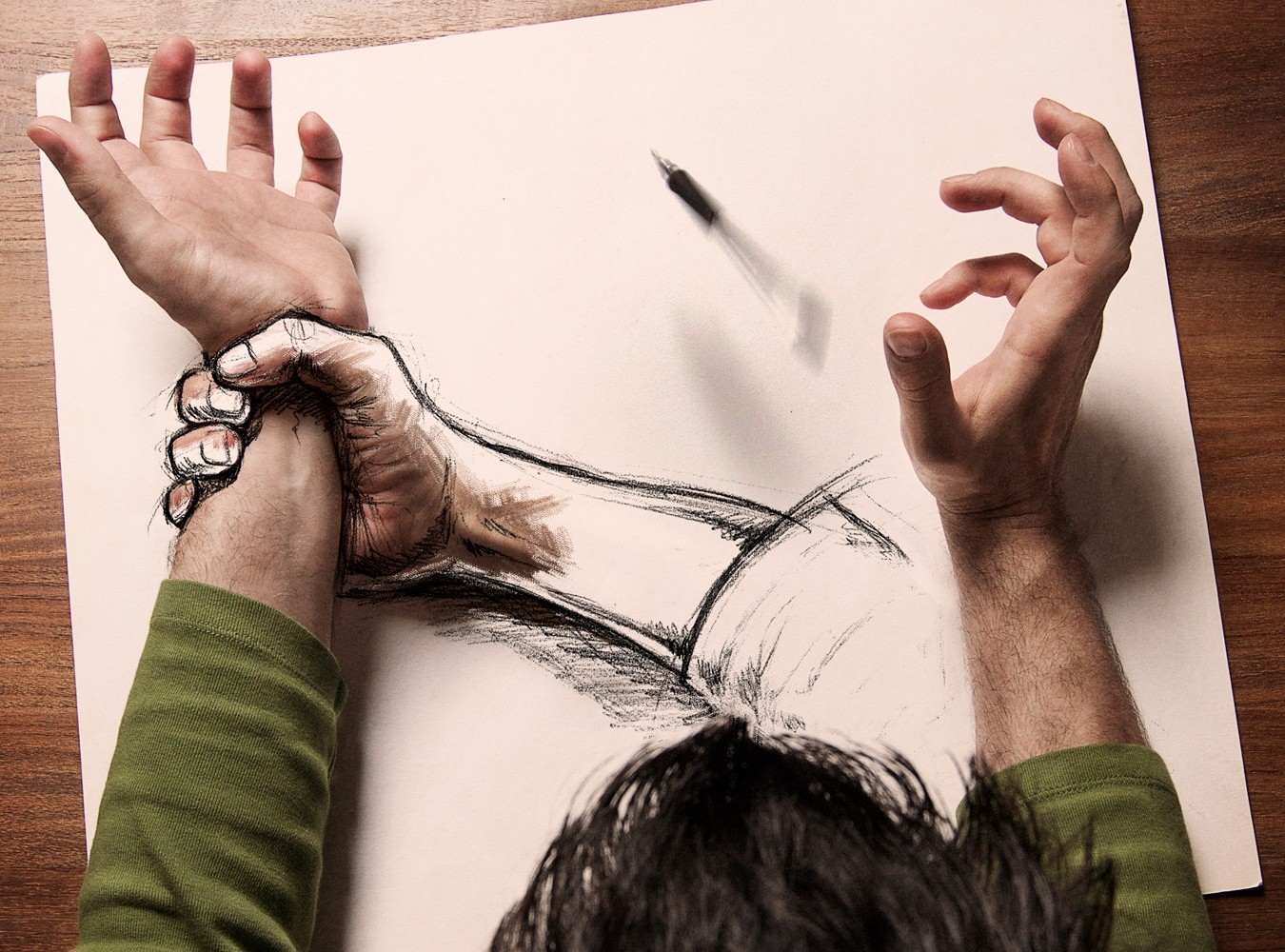

Leave a reply